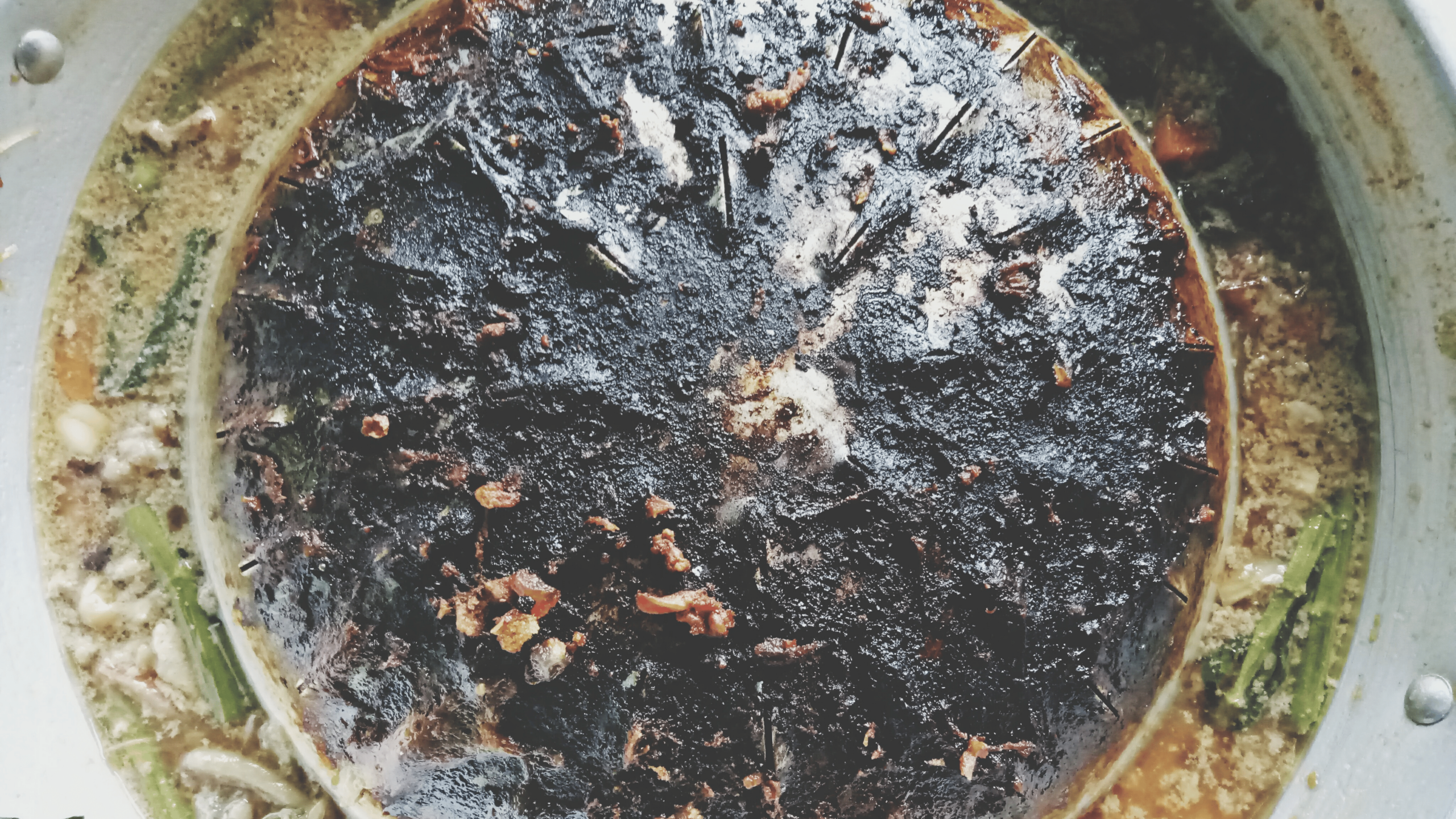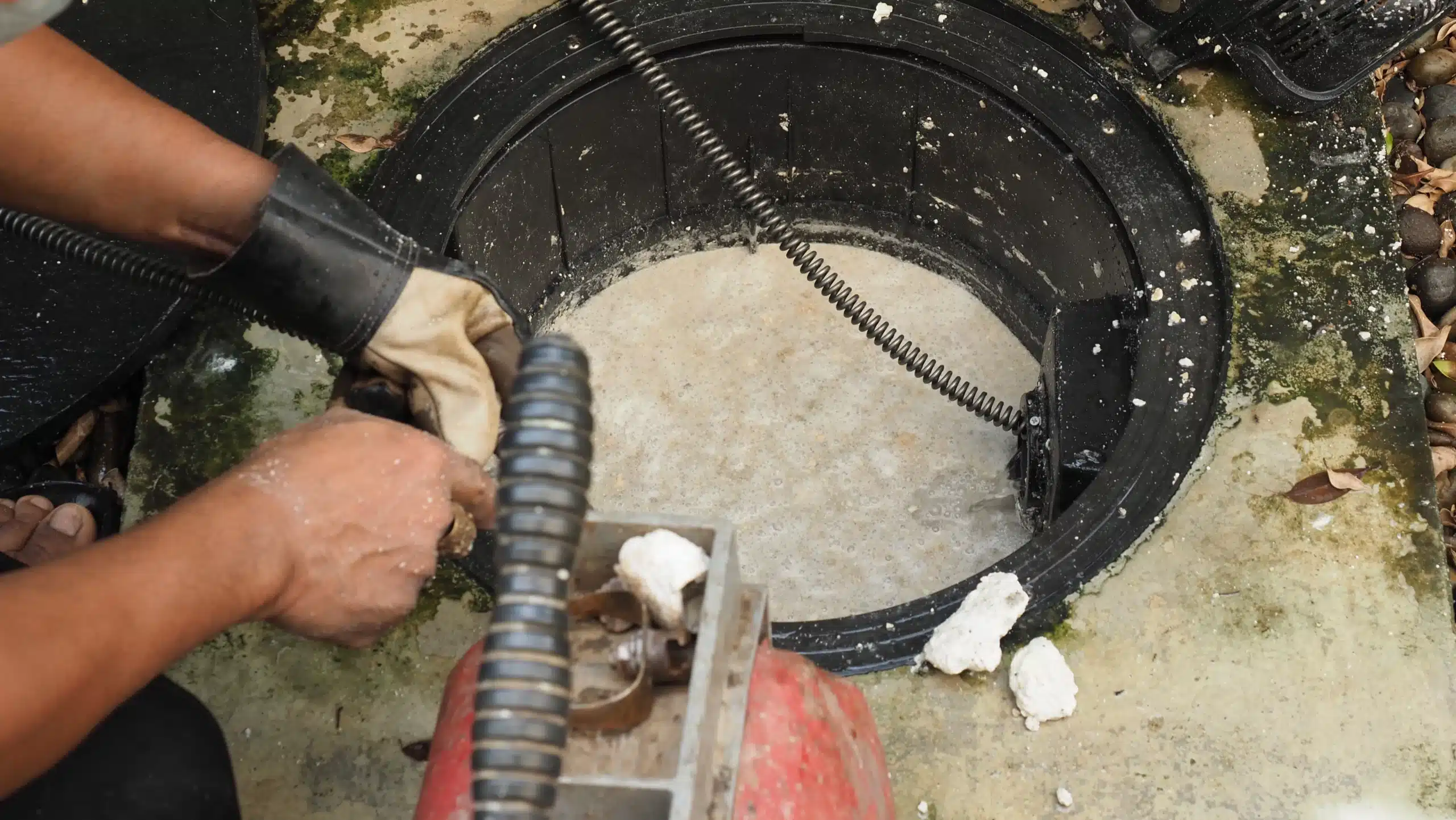They are dirty, and we treat them as something we would rather forget about. But when we neglect them too much, they remind us, albeit unpleasantly, on their importance for the successful running of a food business.
If you do not treat this important component of your kitchen plumbing right, so many things could go wrong. You must treat the grease interceptor with the same care and attitude that you treat the other appliances in your commercial kitchen with.
You see,a grease trap not only collects the fats, oils and grease that your commercial kitchen generates, but they also make your business compliant with the health code. It prevents the release of FOG into the sewer system. This could cause many untold problems.
If you take good care of your grease interceptor, it is going to take good care of you. So, how can you treat it right? Keep reading!
Pump the grease out in good time
Eventually, even the biggest grease interceptors do fill up. It is important that you do not let the grease levels in the tank rise above the three-quarter mark.
The grease tank works in a very simple way. The fats and oils solidify and they float on the water. So, the more the water that comes from the kitchen, the higher the grease rises. Eventually, if it is left unattended, it will start to dislodge the cover. It can create a serious backflow onto the street.
The general recommendation is to pump out the grease once every three or four months. However, you do not have to wait that long. If you can check it earlier than that, do it.
The best thing to do is to hire a grease trap contractor to be doing the maintenance job. If you are the general manager of a restaurant, it is easy to forget about the grease interceptor. Instead of trying to oversee everything, hire a contractor for the job.
Not only will the contractor keep to a proper cleaning schedule, but they can also make checks in between the main checks. This ensures that everything is running well all the time.
Hot water down the drain helps with the smell
One of the bad experiences you could have with your grease trap is the nasty smell that comes from the amenity.
This happens because the dirty water, the fats, grease and oils are perfect food for bacteria. In return, the bacteria breed and they cause nasty odors.
This odor can find a way to escape and permeate your restaurant, especially if you have a small indoor grease trap.
But there is a way to prevent this, by using hot water. So, after the kitchen closes for the day, after all the dishes have been cleaned, boil water and pour it down the sink.
The hot water is going to help to kill the bacteria that could cause nasty odors. This is a good way of controlling the smell coming from the grease trap.
While the hot water is not going to kill all the smell, it gives you some control over it. Besides, the hot water washes down the drain, removing all the fats and oils that have started to solidify on the pipes. This can help prevent a plumbing disaster.
Only let the grease hold what it was built for
People mistreat the grease trap a lot, by pouring hot oil down the sink. While this trap is for trapping oils, fats and grease, this does not mean you take a load of the same and dump it there!
Sensitize your kitchen staff so that they can try to filter out as much of the oils, grease, and fats as possible.
They can do this by setting the oils that come out of the fryers aside. If you have a used oil recycling company that collects your old oil, they will deliver containers. Keep the waste oil in these containers. It keeps your restaurant clean, and there will not be bacteria contaminating the food.
The grease trap is only for capturing the little oils that you cannot filter out of the sink water completely. By installing a filter in the sink, you also prevent food material from getting to the grease trap. This makes it easy to maintain.
Clean the grease trap with soap and water
Pumping out the grease on time is not enough to keep this trap in good working order all the time. Rather, you still need to scrub the walls clean, with the right tools.
When the contractor is done pumping out the grease, the trap should be sparkling clean. Sure, you will have to stop the kitchen staff from pouring water into the sinks for the cleaning duration, but the wait will be worth it. Besides, the contractor can do this work at night after the kitchen is closed for the day.
If one of your employees is doing the emptying of the grease interceptor, get them all the tools they need. Coveralls, a pair of rubber gloves, scrapper, brushes, hot water and soap are the required tools for cleaning the trap.
Keep the cover of the trap in excellent condition
The cover of the trap has rubber gaskets that seal the space between the lid and the trap to prevent any odor from getting out.
However, with time, and too much lifting of the lid, the gasket does wear out. It would need to be replaced with a new one. When the contractor empties the grease trap, they take care of these small details.
If the lid itself is worn out, it needs to be repaired, or replaced immediately. The whole point of installing a grease interceptor is to trap the grease and keep it in one place. If the lid has defects, the grease will start backing up, and it may flow into the streets.
Conclusion
Grease traps are the out-of-sight heroes of the food business. They are not too hard to maintain and they can last a long time in great shape.
However, to get the best out of your grease trap, you have to ensure it is designed and installed just right. Design flaws can cause poor performance. Ensure the contractor doing the job is qualified.
If taken good care of, the grease trap will give you more than enough value for the money you used to install and maintain it. The concrete traps will last centuries, doing the same job all over, and very efficiently too.
Also Read: Complete Guide for Cleaning Grease Traps in Commercial Kitchens


